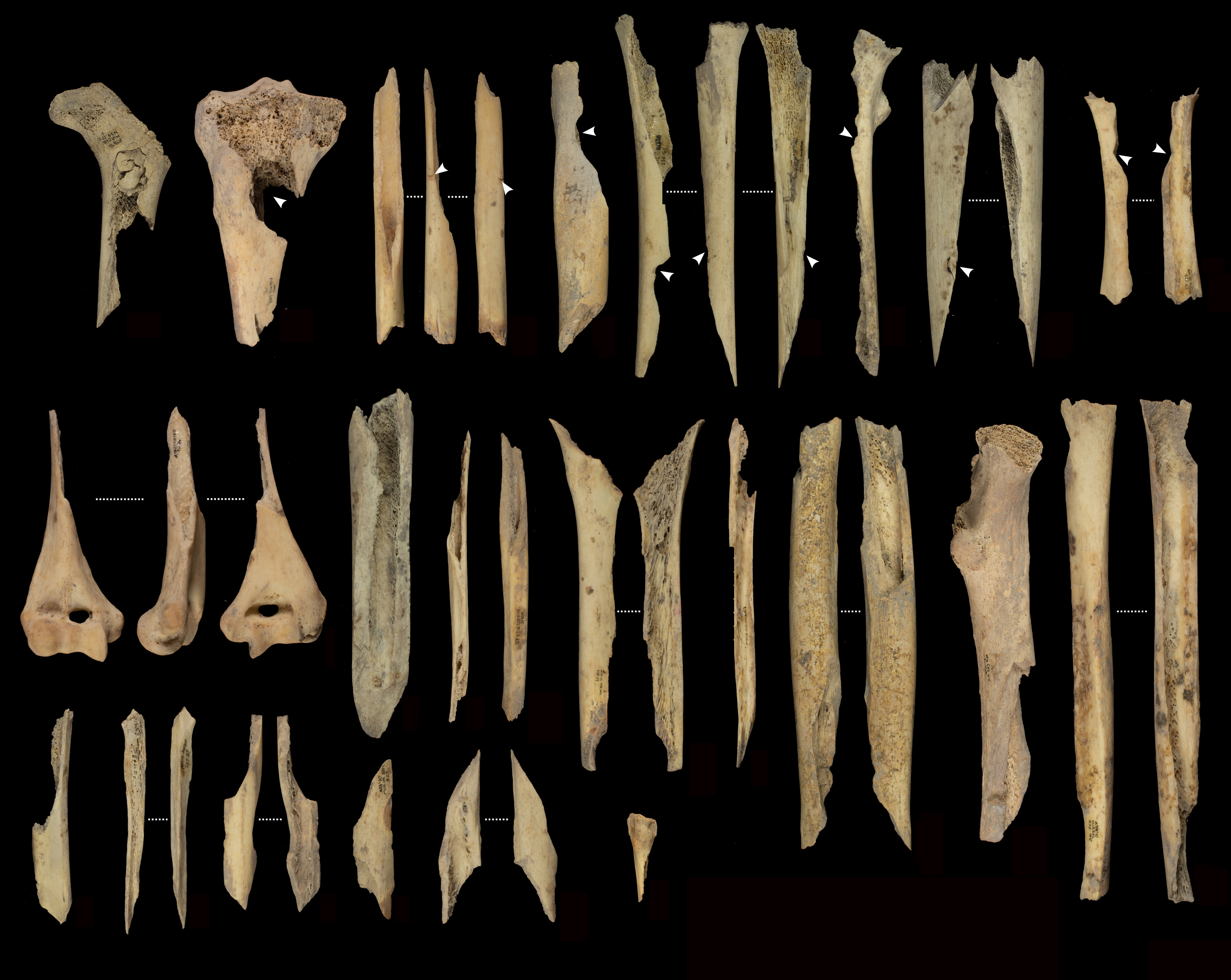Stone Age family may have been cannibalized for 'ultimate elimination' 5,600 years ago, study suggests
Researchers have found cannibalized human remains from at least 11 people in El Mirador cave in northern Spain, suggesting it was the site of a violent Neolithic clash 5,600 years ago.

A Neolithic family was massacred, skinned, defleshed, cooked and eaten in a cave on the Iberian peninsula 5,600 years ago, a new study suggests.
Researchers found evidence that at least 11 people, including adults, adolescents and children, may have been victims of warfare cannibalism during a bloody event at the El Mirador cave in northern Spain.
Bones found at the cave had cut marks, human bite marks, fractures for marrow extraction and signs they'd been boiled, according to the researchers' findings, published Thursday (Aug. 7) in the journal Scientific Reports.
The gristly event happened over a short period — possibly within a few days — during the final phase of the Neolithic, or New Stone Age, occupation of the cave, when farming and agriculture became more prevalent in the region. While researchers could only speculate that intergroup violence caused the apparent cannibalization, they didn't find any signs of ritual or famine that might otherwise explain the event.
"This was neither a funerary tradition nor a response to extreme famine," study co-author Francesc Marginedas, a researcher at the Catalan Institute of Human Paleoecology and Social Evolution (IPHES) and the University of Rovira i Virgili in Spain, said in a statement. "The evidence points to a violent episode, given how quickly it all took place — possibly the result of conflict between neighboring farming communities."
Related: Ancient human relative cannibalized toddlers, 850,000-year-old neck bone reveals
This isn't the first time researchers have found evidence of cannibalization at El Mirador cave. In the early 2000s, archaeologists uncovered the remains of six individuals with similar marks to those in the new study. However, those remains were younger, from the early Bronze Age about 4,600 to 4,100 years old, and unrelated to the hundreds of newly identified older bones discovered in subsequent excavations, according to the study.
Get the world’s most fascinating discoveries delivered straight to your inbox.
The researchers radiocarbon dated the bones in the new study to between 5,709 and 5,573 years old, and a chemical analysis determined that they were local to the region and butchered over a short period. The victims ranged in age from younger than 7 to over 50, and were likely a nuclear or extended family, according to the study.

This new case of potentially conflict-driven cannibalism aligns with evidence for widespread inter-group violence during the Neolithic. The researchers noted that this period was marked by conflict and instability as Europe shifted from foraging to farming.
"Conflict and the development of strategies to manage and prevent it are part of human nature," study co-author Antonio Rodríguez-Hidalgo, an archaeologist at the Institute of Archaeology–Mérida and affiliated researcher at IPHES, said in the statement. "Ethnographic and archaeological records show that even in the less stratified and small-scale societies, violent episodes can occur in which the enemies could be consumed as a form of ultimate elimination."
Stone Age quiz: What do you know about the Paleolithic, Mesolithic and Neolithic?

Patrick Pester is the trending news writer at Live Science. His work has appeared on other science websites, such as BBC Science Focus and Scientific American. Patrick retrained as a journalist after spending his early career working in zoos and wildlife conservation. He was awarded the Master's Excellence Scholarship to study at Cardiff University where he completed a master's degree in international journalism. He also has a second master's degree in biodiversity, evolution and conservation in action from Middlesex University London. When he isn't writing news, Patrick investigates the sale of human remains.
You must confirm your public display name before commenting
Please logout and then login again, you will then be prompted to enter your display name.


